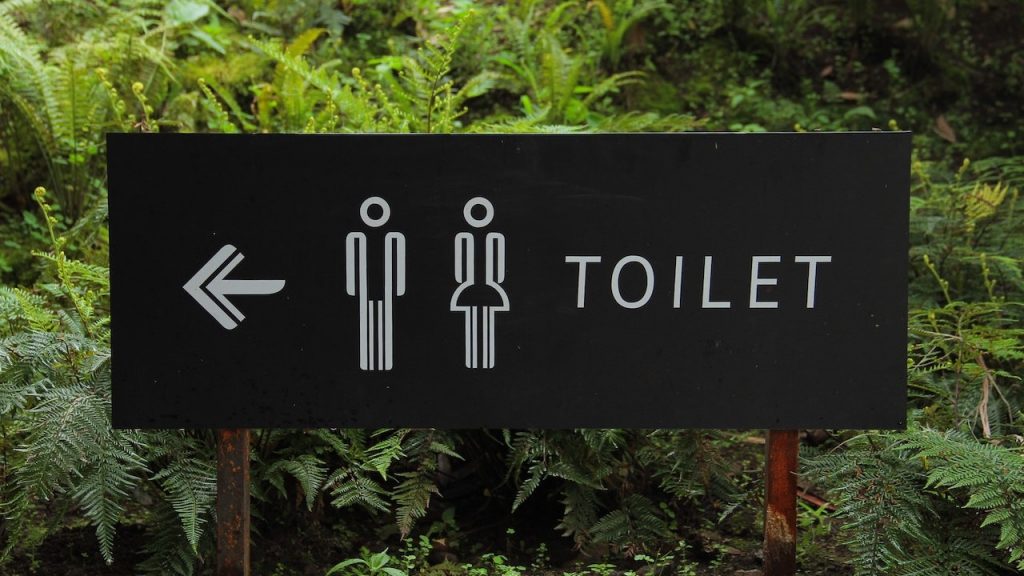FREE Shipping on Orders over $89 with Account – Create One Today!
- (844)-859-9400
- Get Help

If you’re living with incontinence, it can present some discomfort and even embarrassment. But you don’t have to let incontinence control your life – managing this condition doesn’t mean missing out on activities or moments that make up a full and happy life.
Here at Medical Monks, we understand the importance of developing personal strategies for daily comfort when dealing with incontinence, so we put together these tips! Read on to discover practical solutions and advice to help you cope more easily with your symptoms, allowing yourself more daily happiness.
Incontinence is a common problem affecting many people’s quality of life. It is the involuntary loss of urine or feces, ranging from mild to severe. Medical conditions, lifestyle factors, or aging may cause this.
Some common types of incontinence include stress, urge, mixed, overflow, and functional incontinence.
The first step in developing your plan for incontinence management is to assess the severity of your symptoms. This is best done by visiting a doctor or continence specialist. Knowing the type and degree of incontinence will help you determine the right treatments and lifestyle changes necessary for successful management.
Your doctor may also recommend medications, such as anticholinergics or alpha-blockers, which can help reduce muscle spasms and overactive bladder symptoms. They may even recommend physical therapy techniques such as biofeedback and pelvic floor exercises to strengthen muscles that support the bladder and help control urge incontinence.
Creating a comfortable sleeping environment for incontinence is important to ensure you can get the restful sleep necessary to stay healthy and keep your body functioning well. Making a few adjustments to your bedroom makes it easier to manage incontinence and its potential nighttime disruptions.
Here are some helpful tips to consider:
Making changes to accommodate incontinence can make a living with it much more manageable. Incorporating simple habits into your daily routine can go a long way in managing symptoms and reducing the chances of unwanted accidents.
Here are some tips to try:
Here’s a list of FAQs to help people manage incontinence every day:
It is important to take steps to help manage odors related to incontinence. One of the easiest ways is to change absorbent products frequently and wash the skin in the affected area with a gentle cleanser. Additionally, using an odor control product, such as a spray or wipes, can help keep you feeling fresh throughout the day.
Generally speaking, some of the most popular products used for managing incontinence include:
Additionally, bladder control devices like catheters may be used in some instances. Before choosing which product is best for you or a loved one, it is crucial to speak with a healthcare professional.
Some features that make one pad more comfortable than another include breathability, absorbency, cushioning, and fit.
A good quality incontinence pad should be made with materials that allow air circulation to keep you cool and dry while having enough absorbent layers to keep moisture away from your skin. Also, consider the amount of cushioning a product offers for added comfort. Lastly, ensure the product fits properly to minimize bunching and shifting throughout the day.
Many people find incontinence pads made of cotton and other natural fabrics the least irritating. These materials help reduce chafing and skin irritation. Additionally, look for pads with an absorbent core designed to remove moisture from the skin.
Taking the necessary steps to maintain a healthy and comfortable lifestyle due to incontinence can be difficult, but some options and professionals can help.
When searching for the best quality incontinence supplies, look no further than Medical Monks. We have a wide variety of products for all types and levels of incontinence, carrying only the best qualities at great prices to ensure comfort even during heavy leakage. Visit our website for all the supplies that best suit your needs.

Edited for content by ADAM PAGE.
